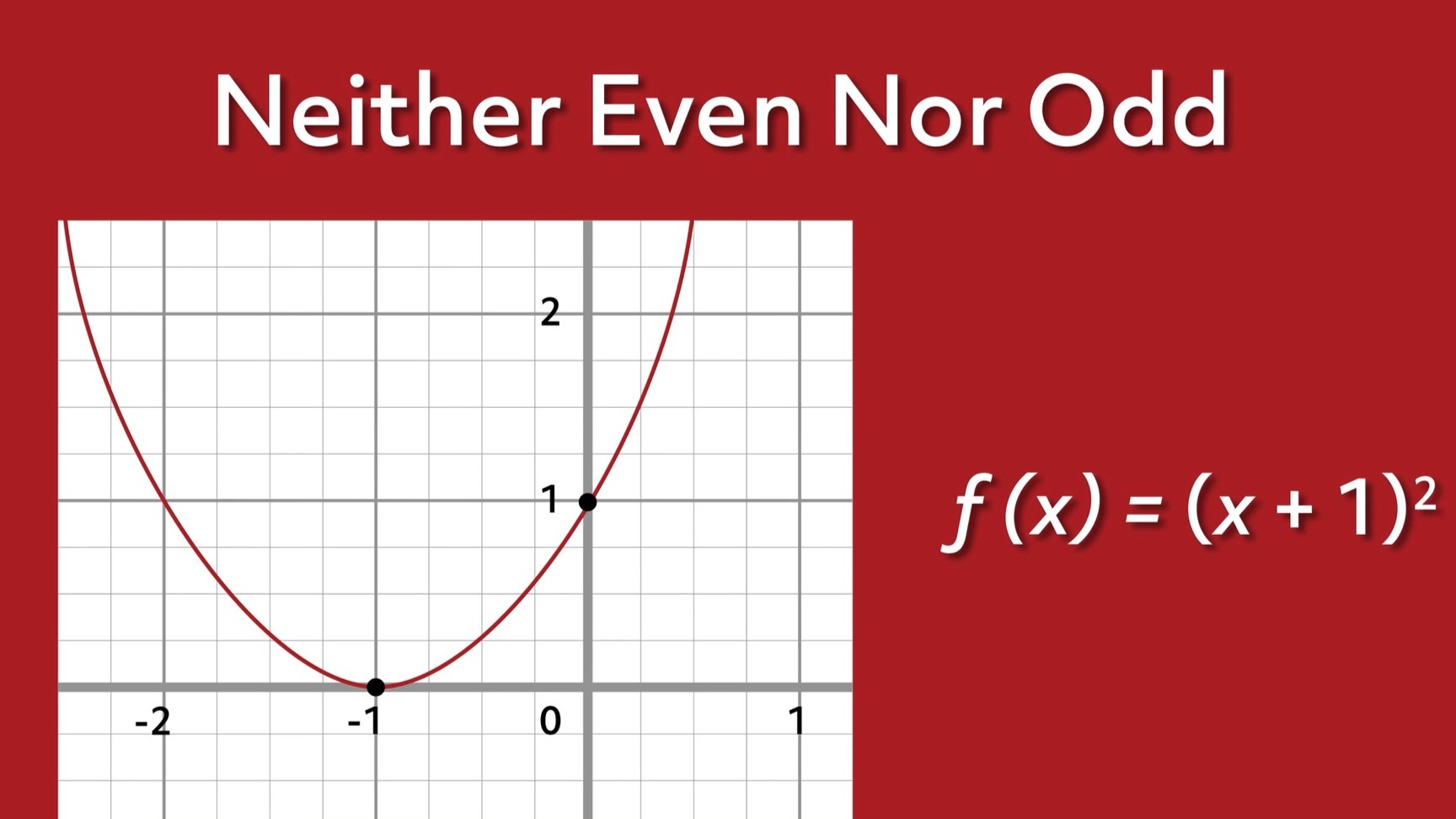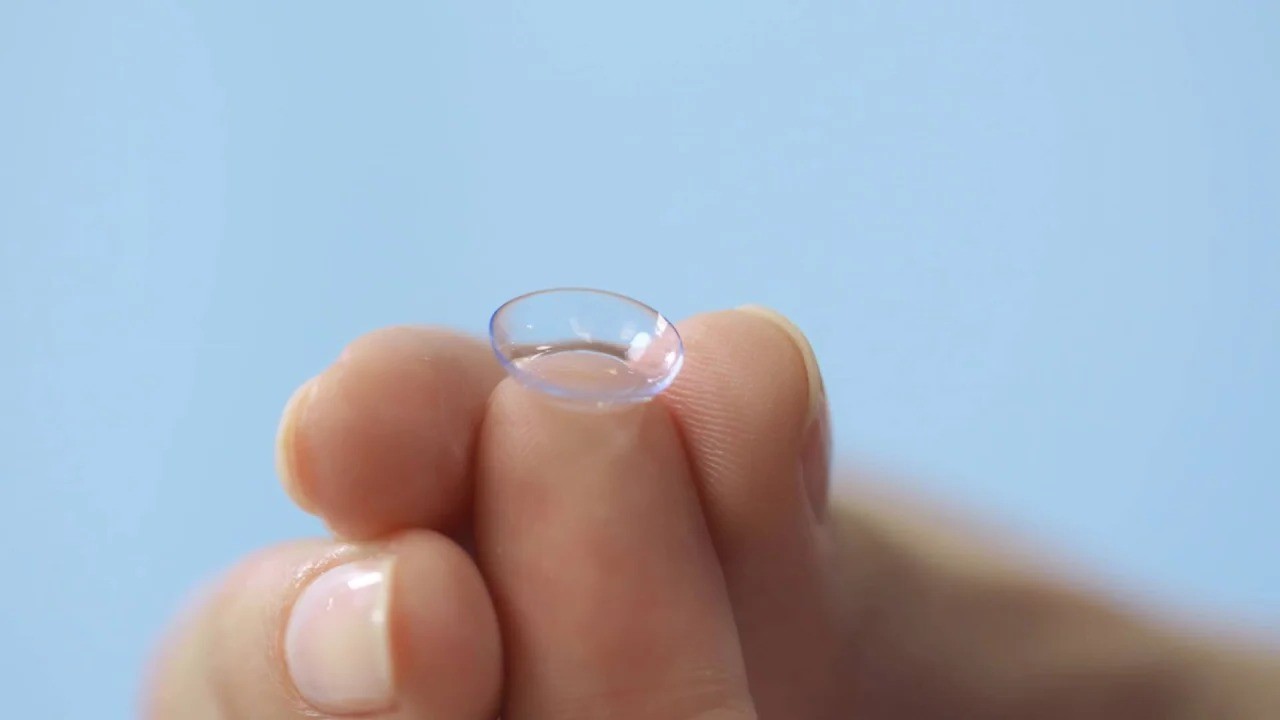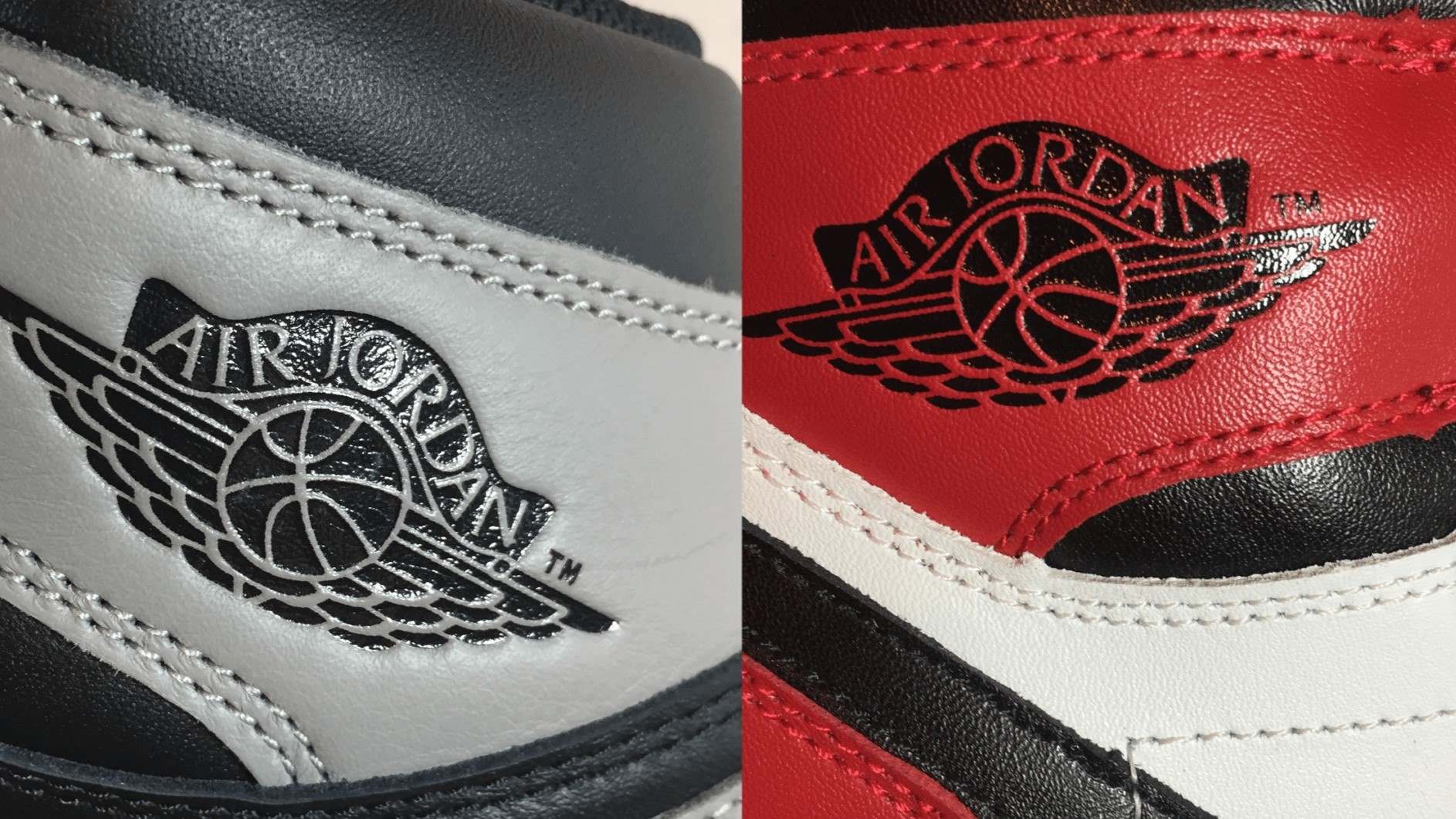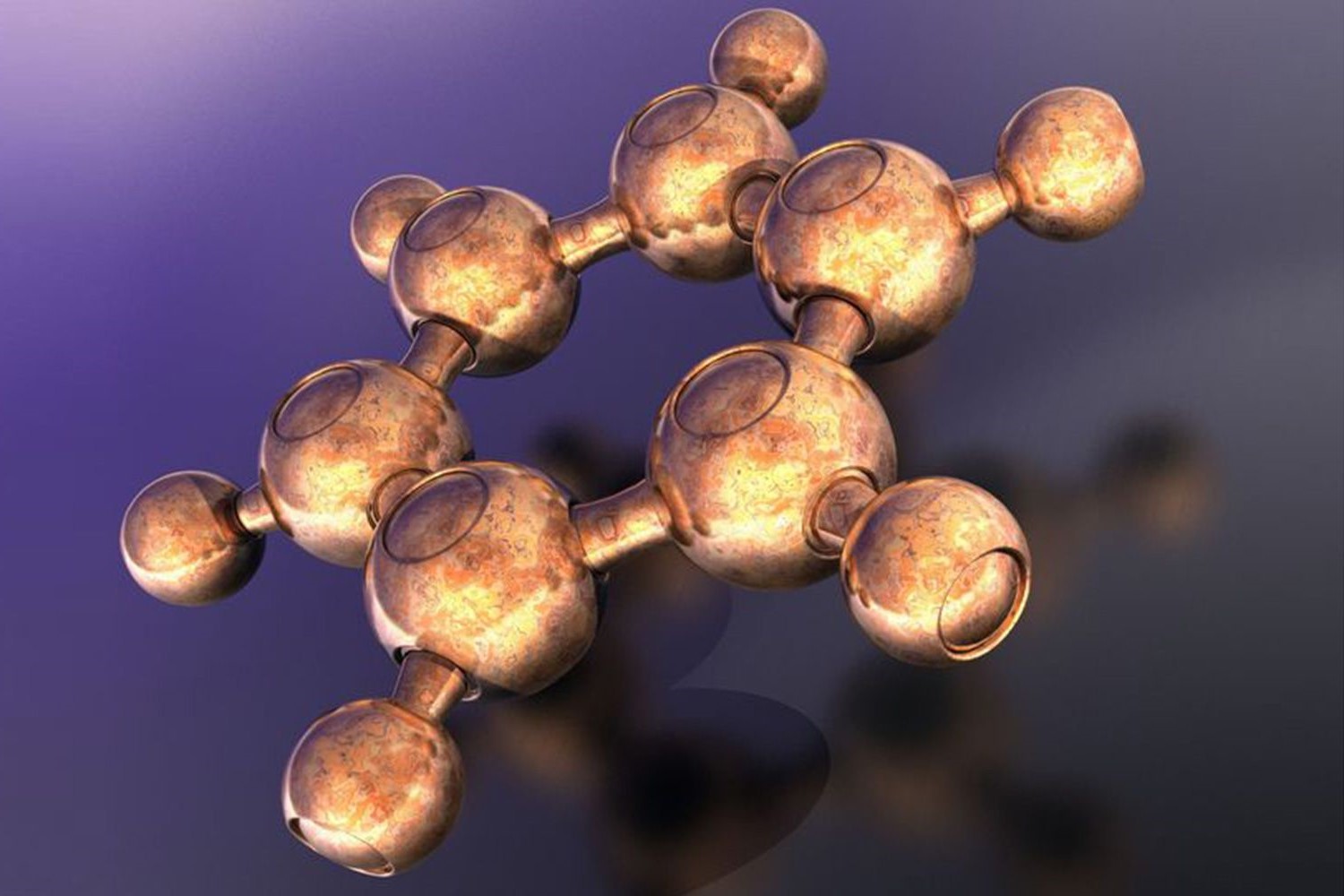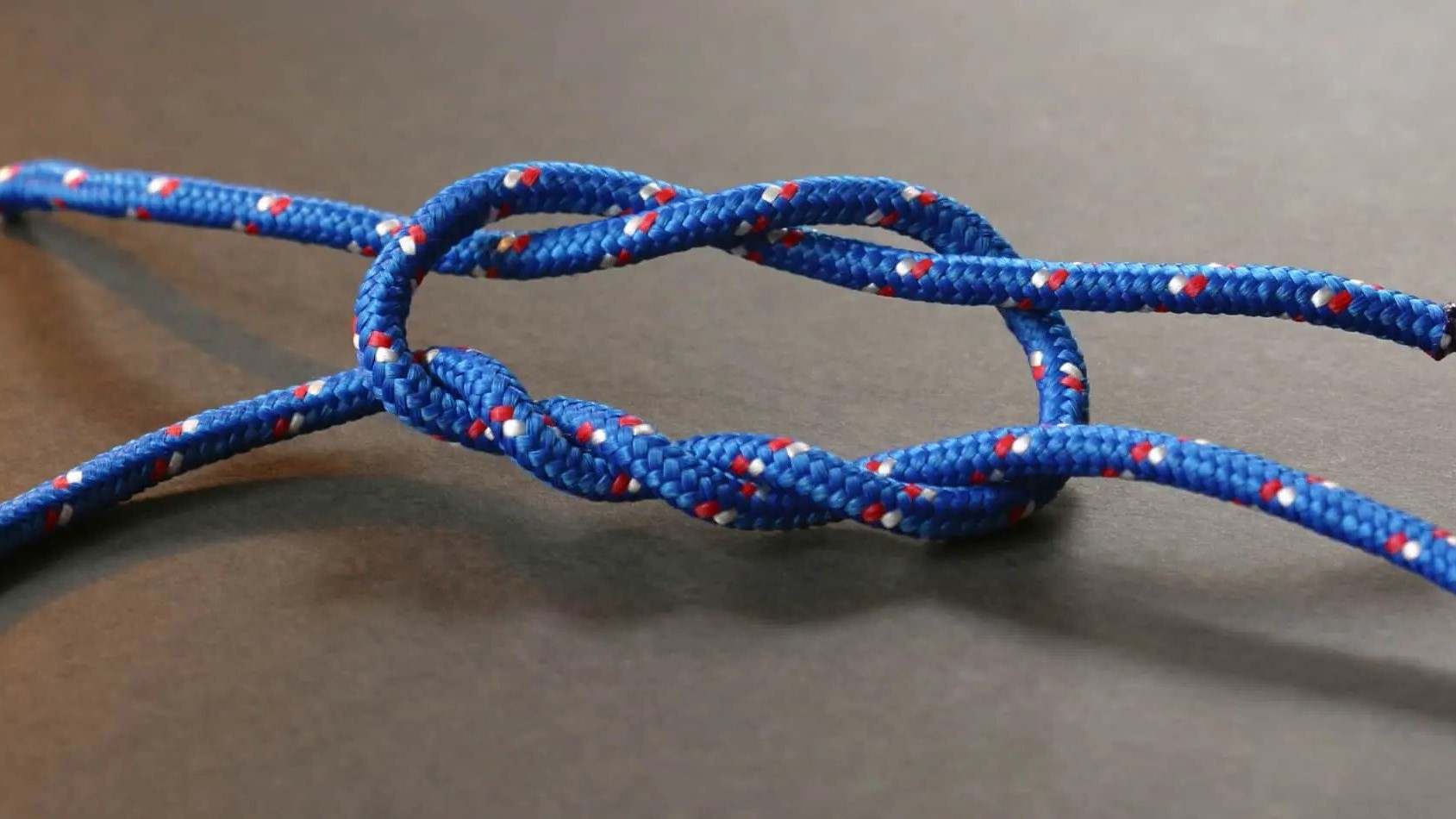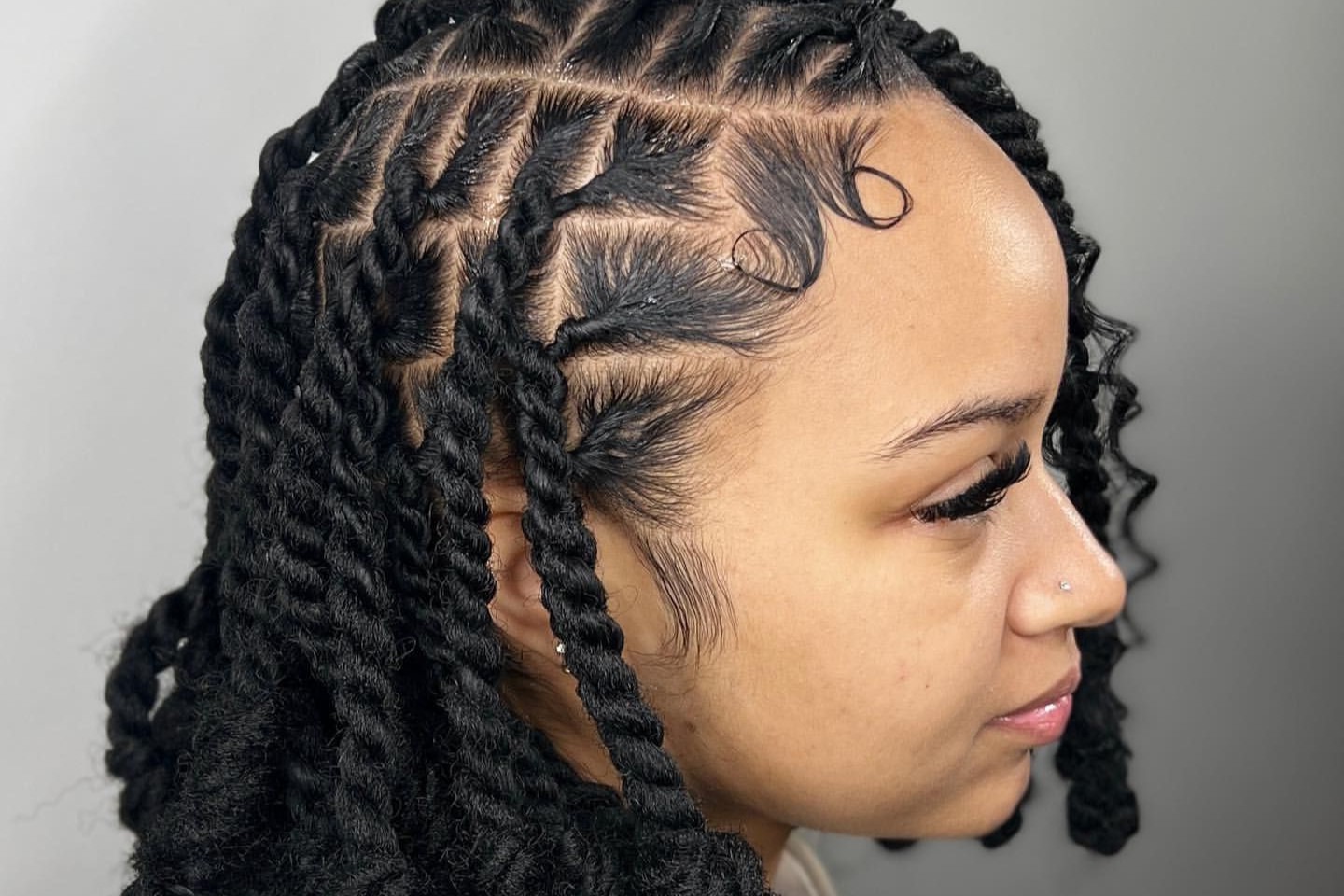Home>Home and Garden>How To Tell A Two Way Mirror
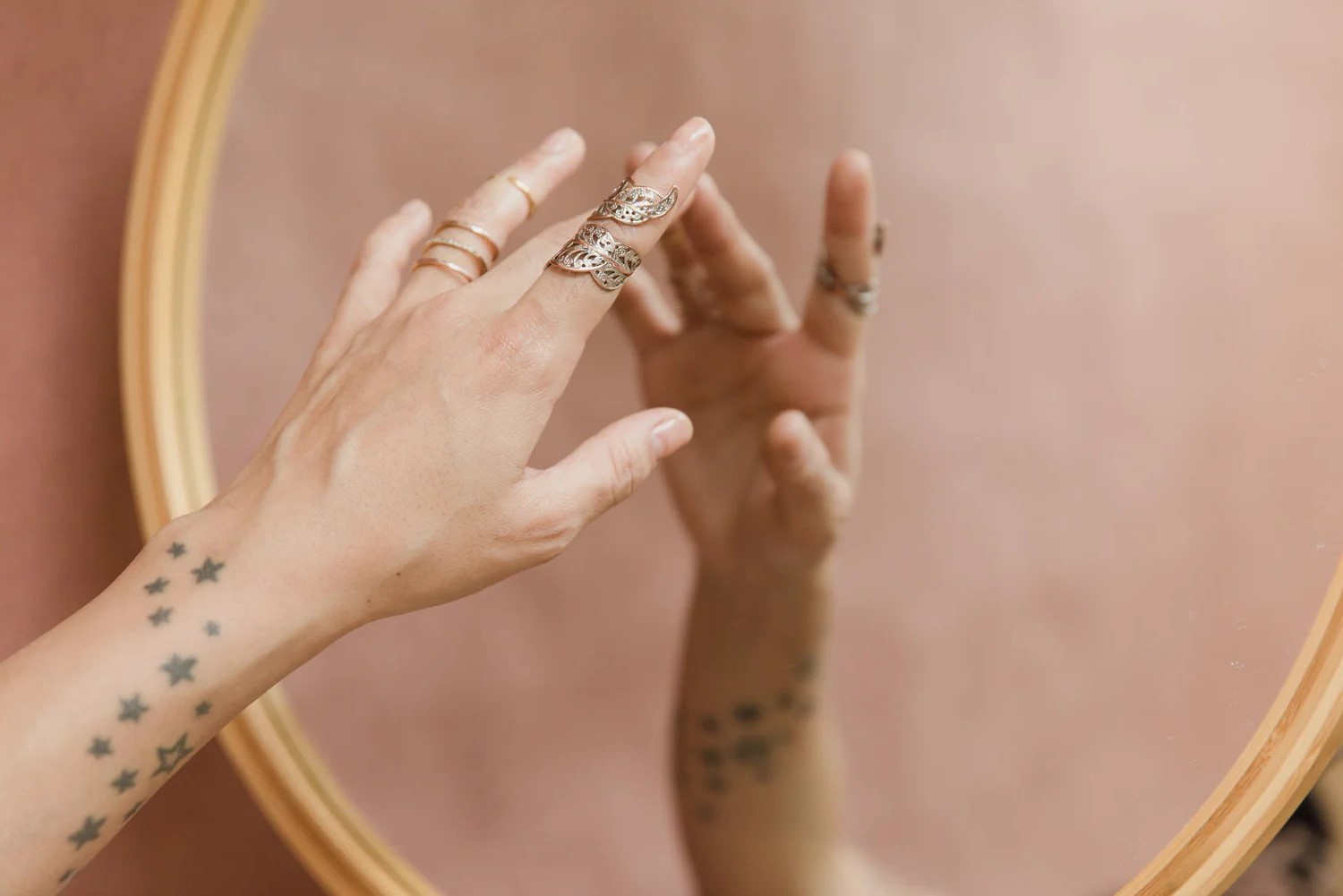

Home and Garden
How To Tell A Two Way Mirror
Published: March 4, 2024
Learn how to identify a two-way mirror in your home and garden. Find out the simple steps to determine if a mirror is a two-way mirror. Protect your privacy and safety.
(Many of the links in this article redirect to a specific reviewed product. Your purchase of these products through affiliate links helps to generate commission for Noodls.com, at no extra cost. Learn more)
Table of Contents
Introduction
Have you ever found yourself in a situation where you felt uneasy about the mirror in a public restroom or a changing room? The fear of being watched through a two-way mirror can be unsettling, but knowing how to identify one can provide peace of mind. Two-way mirrors, also known as one-way mirrors, are designed to allow light to pass through in one direction while reflecting light in the other. This unique property makes it possible for someone on one side of the mirror to see through it, while those on the other side only see their reflection.
Understanding the characteristics of two-way mirrors and learning how to identify them can empower you to protect your privacy in various settings. Whether you're staying in a hotel, visiting a public facility, or simply want to ensure your safety and privacy, being able to recognize a two-way mirror is a valuable skill. In this article, we will delve into the intricacies of two-way mirrors, explore how to identify them, and provide practical tips for testing whether a mirror is indeed a two-way mirror. By the end of this guide, you will have the knowledge and confidence to discern between a regular mirror and a two-way mirror, giving you peace of mind in various environments.
Read more: How To Tell If A Relation Is A Function
Understanding Two Way Mirrors
Two-way mirrors, also known as one-way mirrors, are specially designed glass surfaces that have a unique reflective property. These mirrors are engineered to allow light to pass through in one direction while reflecting light in the other. This distinctive characteristic enables individuals on one side of the mirror to see through it, while those on the opposite side only see their own reflection. The concept behind this phenomenon is based on the differential lighting conditions on either side of the mirror.
The construction of a two-way mirror involves a thin coating of reflective material, typically a layer of metal such as aluminum, that is applied to one side of the glass. This reflective coating is designed to be partially reflective and partially transparent, creating the one-way effect. When the room on one side of the mirror is brightly lit, the light reflects off the metal coating, making it appear as a mirror to individuals in the dimly lit room on the other side. Conversely, when the room on the opposite side is well-lit and the other side is dimly lit, the reflective coating becomes transparent from the brightly lit side, allowing individuals to see through the glass.
It's important to note that the term "two-way mirror" can be misleading, as it implies that the mirror can be used for viewing in two directions simultaneously. However, the more accurate description is "one-way mirror," as it only allows visibility from one side at a time, depending on the lighting conditions on either side of the glass.
Two-way mirrors are commonly used in various settings, including interrogation rooms, observation rooms, and security facilities, where they serve the purpose of enabling discreet observation without the subject being aware of being watched. Additionally, they are sometimes utilized in theatrical productions and special effects to create illusions of invisibility or ghostly apparitions.
Understanding the unique properties and applications of two-way mirrors is essential for being able to identify them accurately. In the following section, we will explore practical methods for identifying and testing whether a mirror is indeed a two-way mirror, providing you with the knowledge and confidence to discern between a regular mirror and a two-way mirror in different environments.
How to Identify a Two Way Mirror
Identifying a two-way mirror can be a crucial skill in various situations, from ensuring personal privacy to maintaining a sense of security in public spaces. While two-way mirrors are designed to appear like regular mirrors, there are several key characteristics and techniques that can help you differentiate between the two.
Visual Inspection
One of the initial steps in identifying a two-way mirror is to conduct a visual inspection. Stand in front of the mirror and closely examine its reflective surface. A genuine two-way mirror will typically appear darker than a regular mirror. This is due to the semi-transparent nature of the reflective coating, which allows some light to pass through from the other side. If the mirror appears unusually dark or non-reflective compared to a standard mirror, it may be a sign that it is a two-way mirror.
Lighting Discrepancy
Another method for identifying a two-way mirror involves observing the lighting conditions on either side of the mirror. In a well-lit room, a genuine two-way mirror will allow you to see through it from the dimly lit side. Conversely, if the room on the other side is brightly lit while your side is dimly lit, the mirror will appear as a reflective surface. This difference in lighting conditions is a fundamental principle behind the functionality of two-way mirrors and can be a valuable indicator when trying to discern their presence.
Read more: How To Mirror Your IPhone Screen
Finger Tap Test
A simple yet effective technique for identifying a two-way mirror is the finger tap test. Gently tap your finger against the surface of the mirror and observe the resulting reflection. If the reflection of your finger touches your actual finger, it is likely a standard mirror. However, if there is a noticeable gap between your finger and its reflection, it could indicate the presence of a two-way mirror. This phenomenon occurs due to the slight distance between the reflective coating and the glass, creating a subtle disparity in the reflection.
Distance Test
When in doubt about the nature of a mirror, the distance test can provide further insight. Stand at a distance from the mirror and carefully observe the reflection. A regular mirror will reflect your image clearly, while a two-way mirror may exhibit a slightly distorted or less defined reflection. This discrepancy in the quality of the reflection can be indicative of a two-way mirror's unique properties.
By familiarizing yourself with these methods for identifying a two-way mirror, you can equip yourself with the knowledge and confidence to discern between a standard mirror and a two-way mirror in various environments. These techniques can serve as valuable tools for safeguarding your privacy and ensuring a sense of security when encountering mirrors in public or private settings.
Testing for a Two Way Mirror
Testing for the presence of a two-way mirror is a crucial skill that can provide reassurance and peace of mind in various environments. Whether you're in a public restroom, a hotel room, or a dressing area, being able to verify the nature of a mirror can help ensure your privacy and security. Fortunately, there are practical methods for testing whether a mirror is indeed a two-way mirror, allowing you to make informed assessments in different scenarios.
Use a Fingernail
One effective method for testing a mirror is to use your fingernail. Simply place your fingernail against the surface of the mirror. If there is a gap between the reflection of your fingernail and your actual fingernail, it could indicate the presence of a two-way mirror. This phenomenon occurs due to the slight distance between the reflective coating and the glass, resulting in a subtle disparity in the reflection. By observing this gap, you can gain insight into whether the mirror exhibits the properties of a two-way mirror.
Read more: How To Tell If A Coach Purse Is Real
Conduct a Light Test
Another practical test involves shining a light source at the mirror. Hold a flashlight or a smartphone torch against the reflective surface and observe the result. In the case of a regular mirror, the light will be reflected back with minimal obstruction. However, if the mirror is a two-way mirror, the light may pass through to some extent, indicating its semi-transparent nature. This test can help reveal the unique reflective properties of a two-way mirror and assist in differentiating it from a standard mirror.
Check for Hidden Compartments
In some cases, two-way mirrors are installed within hidden compartments or observation rooms. If you suspect the presence of a two-way mirror, carefully inspect the surrounding area for any signs of concealed compartments or unusual construction. Look for seams, gaps, or irregularities in the wall that may indicate the presence of a hidden observation area. By conducting a thorough visual inspection of the mirror's surroundings, you can potentially uncover hidden two-way mirror installations.
Seek Professional Assistance
If you have strong suspicions about the presence of a two-way mirror and it is within a public or commercial setting, consider seeking assistance from the relevant authorities or management. Informing the appropriate individuals about your concerns can prompt a professional assessment of the mirror and ensure that necessary measures are taken to address any potential privacy or security issues.
By familiarizing yourself with these practical methods for testing a mirror, you can equip yourself with the knowledge and confidence to identify and differentiate between a standard mirror and a two-way mirror. These techniques can serve as valuable tools for safeguarding your privacy and security in various environments, empowering you to make informed assessments when encountering mirrors in public or private settings.
Conclusion
In conclusion, the ability to identify and test for the presence of a two-way mirror is a valuable skill that can provide reassurance and peace of mind in various environments. By understanding the unique properties of two-way mirrors and familiarizing oneself with practical identification and testing methods, individuals can safeguard their privacy and security when encountering mirrors in public or private settings.
The distinct reflective properties of two-way mirrors, also known as one-way mirrors, stem from their design to allow light to pass through in one direction while reflecting light in the other. This differential lighting effect enables individuals on one side of the mirror to see through it, while those on the opposite side only see their own reflection. Understanding this fundamental principle is essential for accurately identifying two-way mirrors and differentiating them from standard mirrors.
Visual inspection, lighting discrepancy observation, the finger tap test, and the distance test are effective methods for identifying a two-way mirror. By closely examining the reflective surface, observing the lighting conditions on either side, and conducting simple tests, individuals can gain valuable insights into the nature of a mirror. These techniques empower individuals to discern between a regular mirror and a two-way mirror, enhancing their ability to protect their privacy and security.
Furthermore, practical testing methods, such as using a fingernail, conducting a light test, and checking for hidden compartments, provide additional tools for verifying the presence of a two-way mirror. These tests enable individuals to make informed assessments and take appropriate measures to ensure their privacy and security in diverse settings.
By equipping oneself with the knowledge and confidence to identify and test for the presence of two-way mirrors, individuals can navigate public restrooms, hotel rooms, dressing areas, and other spaces with increased awareness and assurance. In cases where suspicions arise, seeking professional assistance from relevant authorities or management can further address any potential privacy or security concerns associated with two-way mirrors.
In essence, the ability to identify and test for two-way mirrors empowers individuals to maintain a sense of control over their privacy and security, contributing to a greater sense of comfort and confidence in various environments. By applying the insights and techniques outlined in this guide, individuals can navigate their surroundings with heightened awareness and assurance, ensuring that their privacy and security remain safeguarded when encountering mirrors in different settings.
